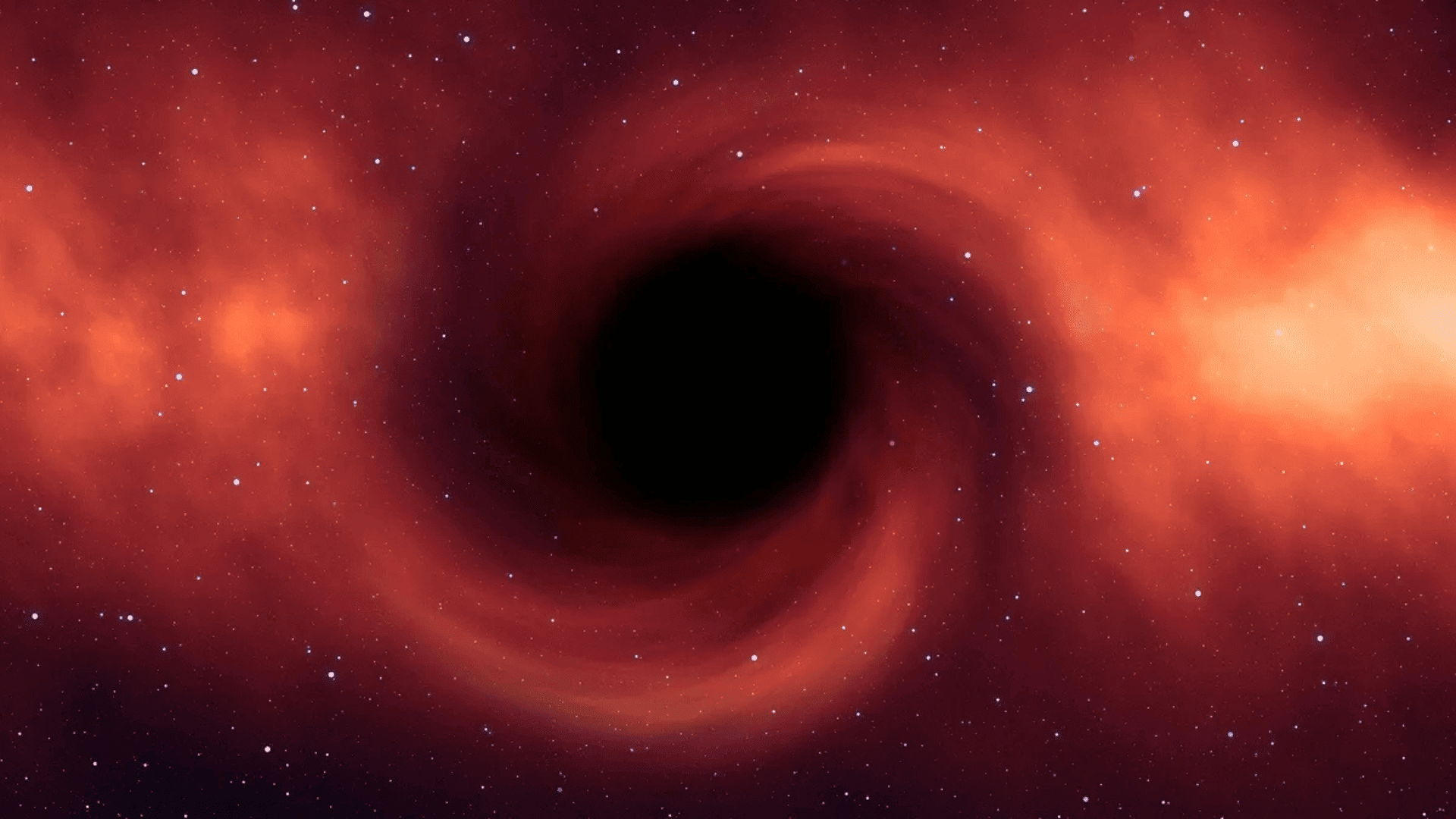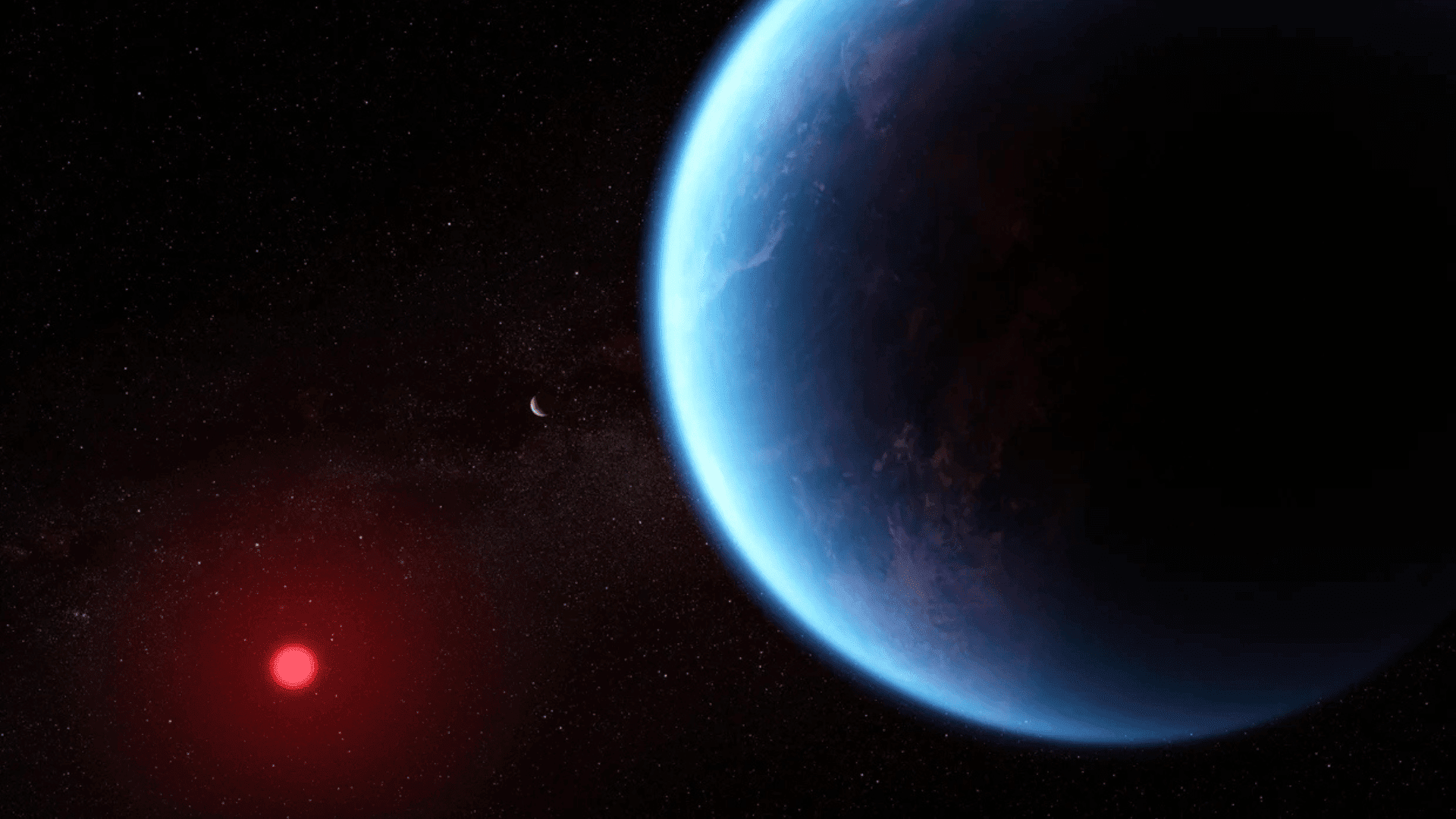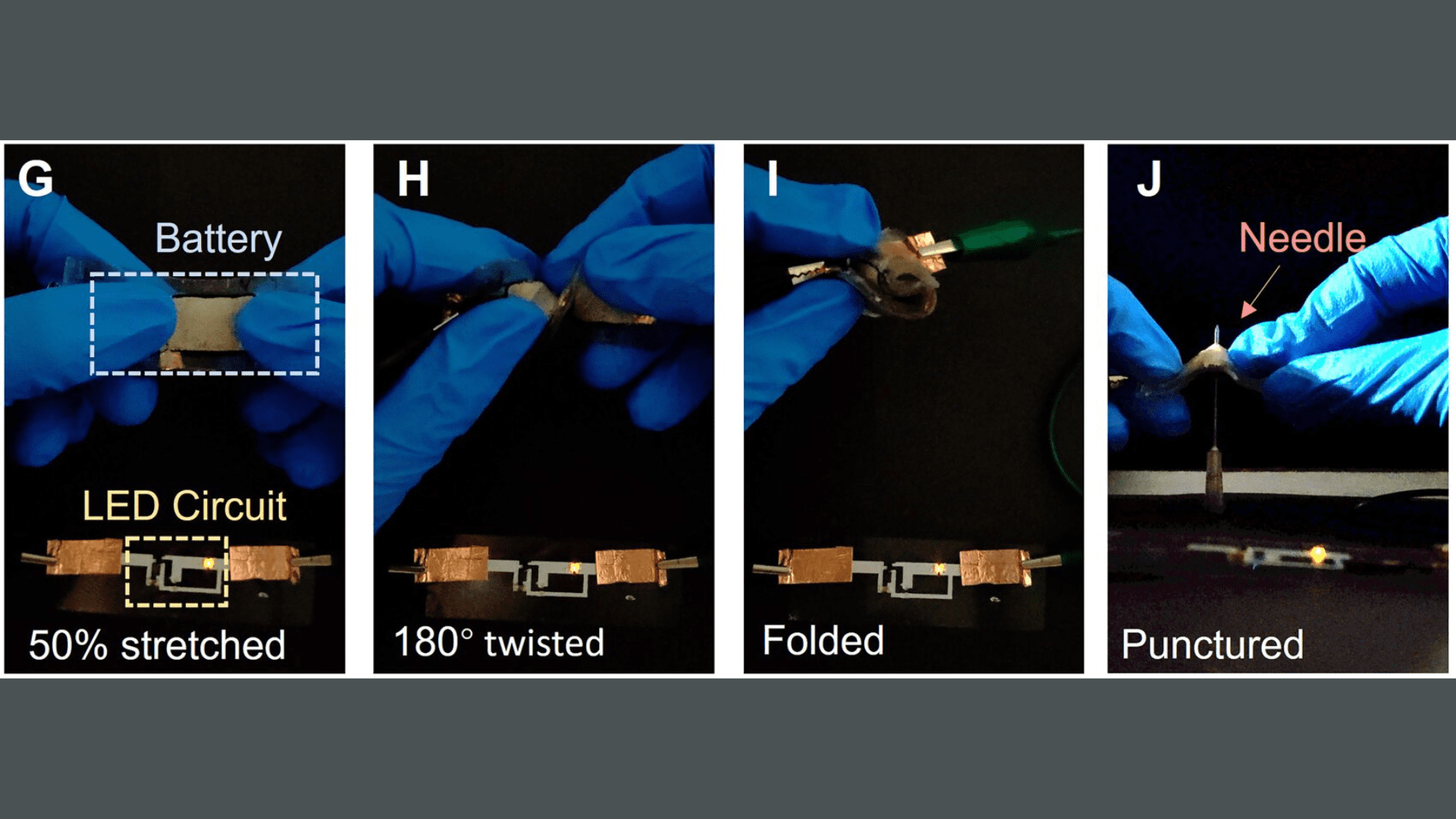A new study provides a possible explanation for how supermassive black holes in the early universe grew so large so rapidly.

Through a novel physics model, researchers explain that supermassive black hole seeds may have formed through the collapse of dark matter. Dark matter, which provides the structural framework for galaxy formation, is an invisible component of the universe that interacts with other matter through gravity.
Although the standard cosmological model assumes that dark matter only interacts with other matter through gravity, this idea doesn’t explain the existence of supermassive black holes as early as 800 million years after the Big Bang. Observations such as those from the James Webb Space Telescope have unveiled quasars at these early epochs or exceptionally bright objects powered by supermassive black holes.
The team attempted to address these discrepancies by proposing there is a subcomponent of dark matter called ultra self-interacting dark matter. Speculating that it constitutes less than 10% of the total dark matter in the early universe, this type of dark matter would exhibit strong self-interactions, allowing its particles to clump together in the center of galactic halos.
“The dark matter self-interaction is a necessary component because the dark matter particles need a way to scatter off one another, much stronger than just gravitational interactions,” study co-author Grant Roberts, a doctoral student at the University of California, Santa Cruz, told Live Science in an email. “This scatter causes the dark matter to bunch up in the very inner central regions of the galaxy, which allows them to collapse into supermassive black hole seeds.”
The strong self-interactions would propel ultra self-interacting dark matter particles toward galactic centers, causing them to form dense cores that would eventually collapse into black holes. This model could have allowed supermassive black holes to grow rapidly through conventional gas accretion processes while remaining consistent with other astrophysical observations.
Researchers behind the new study tested their model by analyzing a sample of three quasars with well-measured masses and ages. Their model was able to successfully reproduce the observed quasars’ parameters, even under varying assumptions about the velocity dependence of the dark matter self-interaction strength.
Their hypothesis also suggests the existence of intermediate-mass black holes in dwarf galaxies. Therefore, using technology such as the JWST to further observe these black holes and their distribution could provide direct evidence for this model.
“With the advent of even [more ancient] supermassive black holes being discovered by JWST, we will be able to put further constraints on our model parameters,” Roberts noted. “As JWST finds more of these black holes, we’d like to see how our new models impact what we predict for intermediate-mass black hole masses and abundances in the universe.”







